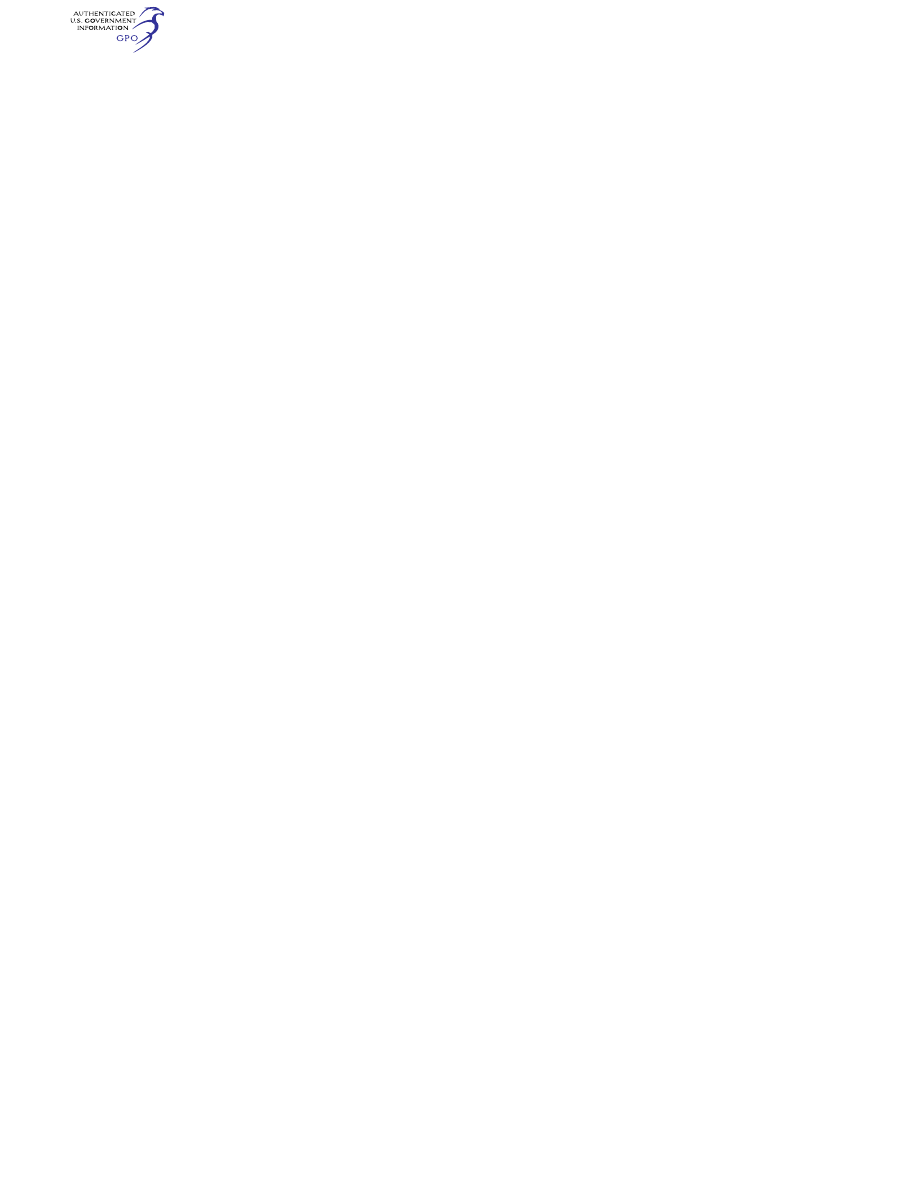
757
Federal Aviation Administration, DOT
§ 35.3
§§ 34.61–34.71
[Reserved]
PART 35—AIRWORTHINESS
STANDARDS: PROPELLERS
Subpart A—General
Sec.
35.1
Applicability.
35.2
Propeller configuration.
35.3
Instructions for propeller installation
and operation.
35.4
Instructions for Continued Airworthi-
ness.
35.5
Propeller ratings and operating limita-
tions.
35.7
Features and characteristics.
Subpart B—Design and Construction
35.11
[Reserved]
35.13
[Reserved]
35.15
Safety analysis.
35.16
Propeller critical parts.
35.17
Materials and manufacturing methods.
35.19
Durability.
35.21
Variable and reversible pitch propel-
lers.
35.22
Feathering propellers.
35.23
Propeller control system.
35.24
Strength.
Subpart C—Tests and Inspections
35.31
[Reserved]
35.33
General.
35.34
Inspections, adjustments and repairs.
35.35
Centrifugal load tests.
35.36
Bird impact.
35.37
Fatigue limits and evaluation.
35.38
Lightning strike.
35.39
Endurance test.
35.40
Functional test.
35.41
Overspeed and overtorque.
35.42
Components of the propeller control
system.
35.43
Propeller hydraulic components.
35.45–35.47
[Reserved]
A
PPENDIX
A
TO
P
ART
35—I
NSTRUCTIONS FOR
C
ONTINUED
A
IRWORTHINESS
A
UTHORITY
: 49 U.S.C. 106(f), 106(g), 40113,
44701–44702, 44704.
S
OURCE
: Docket No. 2095, 29 FR 7458, June
10, 1964, unless otherwise noted.
Subpart A—General
§ 35.1
Applicability.
(a) This part prescribes airworthiness
standards for the issue of type certifi-
cates and changes to those certificates,
for propellers.
(b) Each person who applies under
part 21 for such a certificate or change
must show compliance with the appli-
cable requirements of this part.
(c) An applicant is eligible for a pro-
peller type certificate and changes to
those certificates after demonstrating
compliance with subparts A, B, and C
of this part. However, the propeller
may not be installed on an airplane un-
less the applicant has shown compli-
ance with either § 23.2400(c) or § 25.907 of
this chapter, as applicable, or compli-
ance is not required for installation on
that airplane.
(d) For the purposes of this part, the
propeller consists of those components
listed in the propeller type design, and
the propeller system consists of the
propeller and all the components nec-
essary for its functioning, but not nec-
essarily included in the propeller type
design.
[Amdt. 35–3, 41 FR 55475, Dec. 20, 1976, as
amended by Amdt. 35–8, 73 FR 63346, Oct. 24,
2008; Doc. FAA–2015–1621, Amdt. 35–10, 81 FR
96700, Dec. 30, 2016]
§ 35.2
Propeller configuration.
The applicant must provide a list of
all the components, including ref-
erences to the relevant drawings and
software design data, that define the
type design of the propeller to be ap-
proved under § 21.31 of this chapter.
[Amdt. 35–8, 73 FR 63346, Oct. 24, 2008]
§ 35.3
Instructions for propeller instal-
lation and operation.
The applicant must provide instruc-
tions that are approved by the Admin-
istrator. Those approved instructions
must contain:
(a) Instructions for installing the
propeller, which:
(1) Include a description of the oper-
ational modes of the propeller control
system and functional interface of the
control system with the airplane and
engine systems;
(2) Specify the physical and func-
tional interfaces with the airplane, air-
plane equipment and engine;
(3) Define the limiting conditions on
the interfaces from paragraph (a)(2) of
this section;
(4) List the limitations established
under § 35.5;
(5) Define the hydraulic fluids ap-
proved for use with the propeller, in-
cluding grade and specification, related
VerDate Sep<11>2014
09:06 Jun 28, 2024
Jkt 262046
PO 00000
Frm 00767
Fmt 8010
Sfmt 8010
Y:\SGML\262046.XXX
262046
jspears on DSK121TN23PROD with CFR
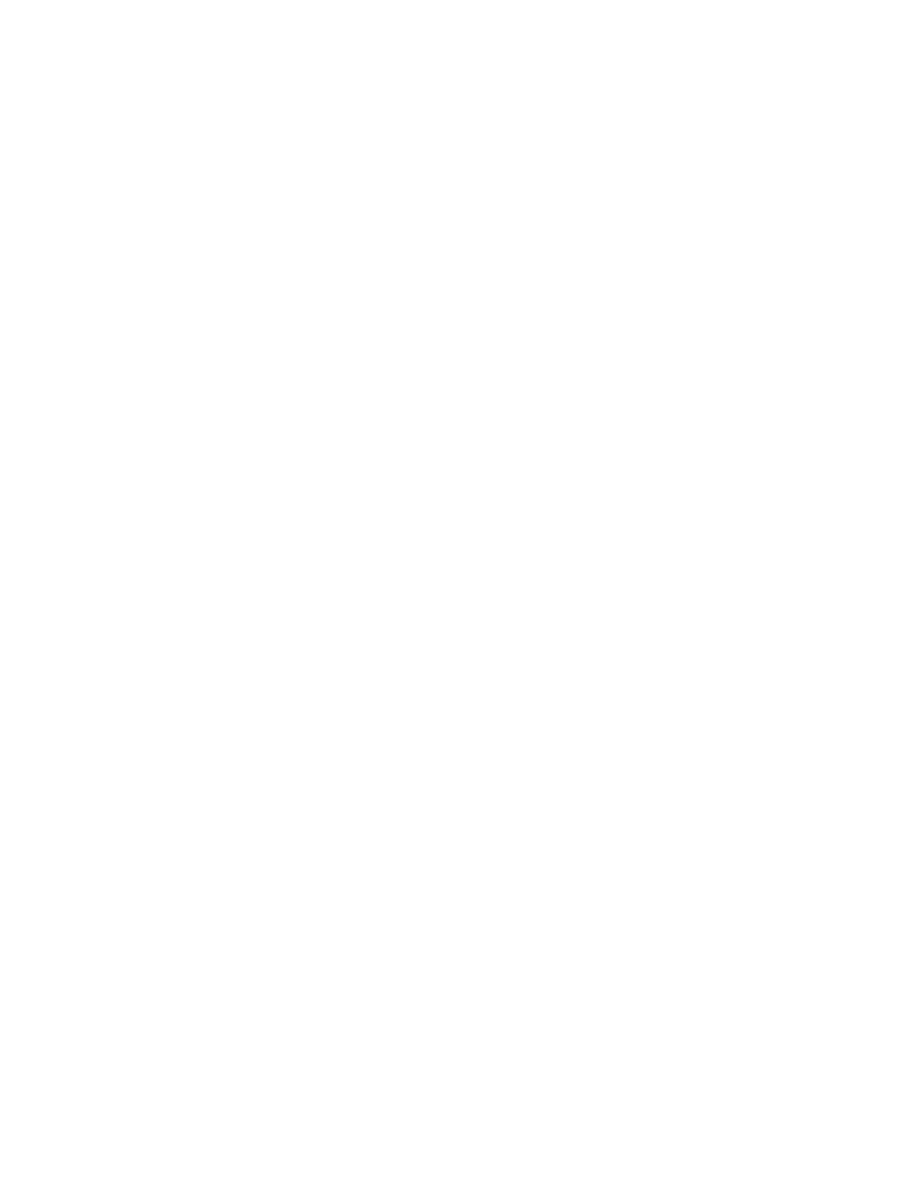
758
14 CFR Ch. I (1–1–24 Edition)
§ 35.4
operating pressure, and filtration lev-
els; and
(6) State the assumptions made to
comply with the requirements of this
part.
(b) Instructions for operating the
propeller which must specify all proce-
dures necessary for operating the pro-
peller within the limitations of the
propeller type design.
[Amdt. 35–8, 73 FR 63346, Oct. 24, 2008]
§ 35.4
Instructions for Continued Air-
worthiness.
The applicant must prepare Instruc-
tions for Continued Airworthiness in
accordance with appendix A to this
part that are acceptable to the Admin-
istrator. The instructions may be in-
complete at type certification if a pro-
gram exists to ensure their completion
prior to delivery of the first aircraft
with the propeller installed, or upon
issuance of a standard certificate of
airworthiness for an aircraft with the
propeller installed, whichever occurs
later.
[Amdt. 35–5, 45 FR 60181, Sept. 11, 1980]
§ 35.5
Propeller ratings and operating
limitations.
(a) Propeller ratings and operating
limitations must:
(1) Be established by the applicant
and approved by the Administrator.
(2) Be included directly or by ref-
erence in the propeller type certificate
data sheet, as specified in § 21.41 of this
chapter.
(3) Be based on the operating condi-
tions demonstrated during the tests re-
quired by this part as well as any other
information the Administrator re-
quires as necessary for the safe oper-
ation of the propeller.
(b) Propeller ratings and operating
limitations must be established for the
following, as applicable:
(1) Power and rotational speed:
(i) For takeoff.
(ii) For maximum continuous.
(iii) If requested by the applicant,
other ratings may also be established.
(2) Overspeed and overtorque limits.
[Amdt. 35–8, 73 FR 63346, Oct. 24, 2008]
§ 35.7
Features and characteristics.
(a) The propeller may not have fea-
tures or characteristics, revealed by
any test or analysis or known to the
applicant, that make it unsafe for the
uses for which certification is re-
quested.
(b) If a failure occurs during a certifi-
cation test, the applicant must deter-
mine the cause and assess the effect on
the airworthiness of the propeller. The
applicant must make changes to the
design and conduct additional tests
that the Administrator finds necessary
to establish the airworthiness of the
propeller.
[Amdt. 35–8, 73 FR 63346, Oct. 24, 2008]
Subpart B—Design and
Construction
§ 35.11
[Reserved]
§ 35.13
[Reserved]
§ 35.15
Safety analysis.
(a)(1) The applicant must analyze the
propeller system to assess the likely
consequences of all failures that can
reasonably be expected to occur. This
analysis will take into account, if ap-
plicable:
(i) The propeller system in a typical
installation. When the analysis de-
pends on representative components,
assumed interfaces, or assumed in-
stalled conditions, the assumptions
must be stated in the analysis.
(ii) Consequential secondary failures
and dormant failures.
(iii) Multiple failures referred to in
paragraph (d) of this section, or that
result in the hazardous propeller ef-
fects defined in paragraph (g)(1) of this
section.
(2) The applicant must summarize
those failures that could result in
major propeller effects or hazardous
propeller effects defined in paragraph
(g) of this section, and estimate the
probability of occurrence of those ef-
fects.
(3) The applicant must show that
hazardous propeller effects are not pre-
dicted to occur at a rate in excess of
that defined as extremely remote
(probability of 10
¥
7
or less per propeller
VerDate Sep<11>2014
09:06 Jun 28, 2024
Jkt 262046
PO 00000
Frm 00768
Fmt 8010
Sfmt 8010
Y:\SGML\262046.XXX
262046
jspears on DSK121TN23PROD with CFR
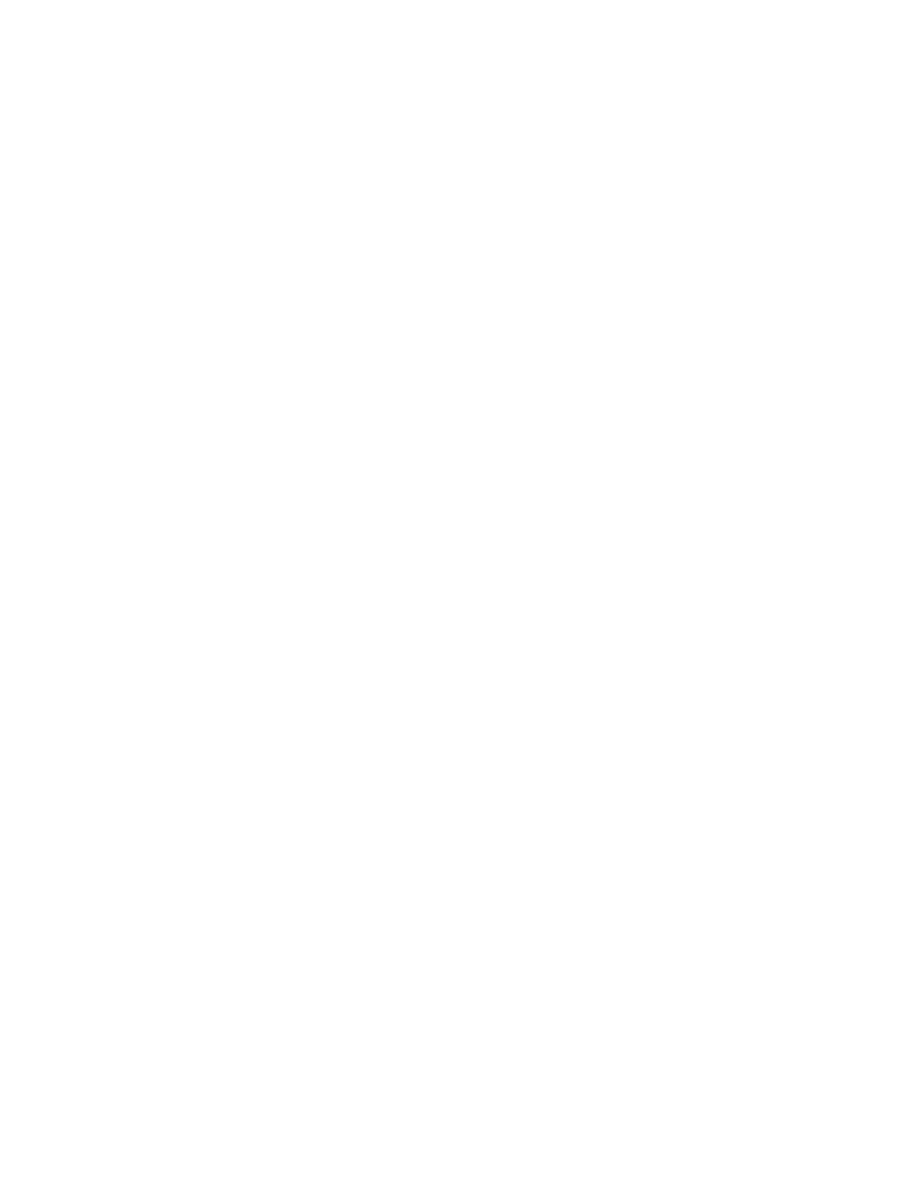
759
Federal Aviation Administration, DOT
§ 35.15
flight hour). Since the estimated prob-
ability for individual failures may be
insufficiently precise to enable the ap-
plicant to assess the total rate for haz-
ardous propeller effects, compliance
may be shown by demonstrating that
the probability of a hazardous propeller
effect arising from an individual fail-
ure can be predicted to be not greater
than 10
¥
8
per propeller flight hour. In
dealing with probabilities of this low
order of magnitude, absolute proof is
not possible and reliance must be
placed on engineering judgment and
previous experience combined with
sound design and test philosophies.
(b) If significant doubt exists as to
the effects of failures or likely com-
bination of failures, the Administrator
may require assumptions used in the
analysis to be verified by test.
(c) The primary failures of certain
single propeller elements (for example,
blades) cannot be sensibly estimated in
numerical terms. If the failure of such
elements is likely to result in haz-
ardous propeller effects, those ele-
ments must be identified as propeller
critical parts. For propeller critical
parts, applicants must meet the pre-
scribed integrity specifications of
§ 35.16. These instances must be stated
in the safety analysis.
(d) If reliance is placed on a safety
system to prevent a failure progressing
to hazardous propeller effects, the pos-
sibility of a safety system failure in
combination with a basic propeller fail-
ure must be included in the analysis.
Such a safety system may include safe-
ty devices, instrumentation, early
warning devices, maintenance checks,
and other similar equipment or proce-
dures. If items of the safety system are
outside the control of the propeller
manufacturer, the assumptions of the
safety analysis with respect to the reli-
ability of these parts must be clearly
stated in the analysis and identified in
the propeller installation and oper-
ation instructions required under § 35.3.
(e) If the safety analysis depends on
one or more of the following items,
those items must be identified in the
analysis and appropriately substan-
tiated.
(1) Maintenance actions being carried
out at stated intervals. This includes
verifying that items that could fail in
a latent manner are functioning prop-
erly. When necessary to prevent haz-
ardous propeller effects, these mainte-
nance actions and intervals must be
published in the instructions for con-
tinued airworthiness required under
§ 35.4. Additionally, if errors in mainte-
nance of the propeller system could
lead to hazardous propeller effects, the
appropriate maintenance procedures
must be included in the relevant pro-
peller manuals.
(2) Verification of the satisfactory
functioning of safety or other devices
at pre-flight or other stated periods.
The details of this satisfactory func-
tioning must be published in the appro-
priate manual.
(3) The provision of specific instru-
mentation not otherwise required.
Such instrumentation must be pub-
lished in the appropriate documenta-
tion.
(4) A fatigue assessment.
(f) If applicable, the safety analysis
must include, but not be limited to, as-
sessment of indicating equipment,
manual and automatic controls, gov-
ernors and propeller control systems,
synchrophasers, synchronizers, and
propeller thrust reversal systems.
(g) Unless otherwise approved by the
Administrator and stated in the safety
analysis, the following failure defini-
tions apply to compliance with this
part.
(1) The following are regarded as haz-
ardous propeller effects:
(i) The development of excessive
drag.
(ii) A significant thrust in the oppo-
site direction to that commanded by
the pilot.
(iii) The release of the propeller or
any major portion of the propeller.
(iv) A failure that results in excessive
unbalance.
(2) The following are regarded as
major propeller effects for variable
pitch propellers:
(i) An inability to feather the pro-
peller for feathering propellers.
(ii) An inability to change propeller
pitch when commanded.
(iii) A significant uncommanded
change in pitch.
VerDate Sep<11>2014
09:06 Jun 28, 2024
Jkt 262046
PO 00000
Frm 00769
Fmt 8010
Sfmt 8010
Y:\SGML\262046.XXX
262046
jspears on DSK121TN23PROD with CFR
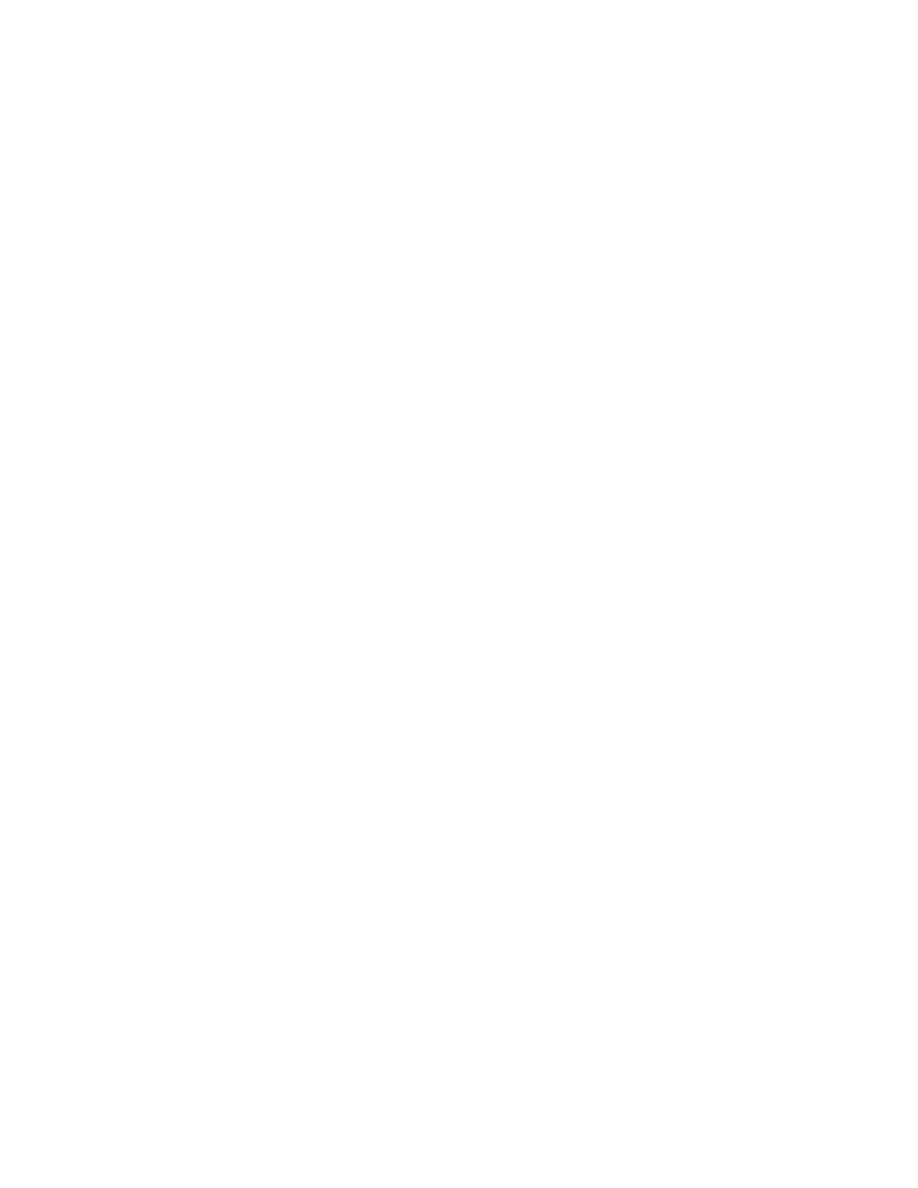
760
14 CFR Ch. I (1–1–24 Edition)
§ 35.16
(iv) A significant uncontrollable
torque or speed fluctuation.
[Amdt. 35–8, 73 FR 63346, Oct. 24, 2008, as
amended by Amdt. 35–9, 78 FR 4041, Jan. 18,
2013; Amdt. 35–9A, 78 FR 45052, July 26, 2013]
§ 35.16
Propeller critical parts.
The integrity of each propeller crit-
ical part identified by the safety anal-
ysis required by § 35.15 must be estab-
lished by:
(a) A defined engineering process for
ensuring the integrity of the propeller
critical part throughout its service life,
(b) A defined manufacturing process
that identifies the requirements to
consistently produce the propeller crit-
ical part as required by the engineering
process, and
(c) A defined service management
process that identifies the continued
airworthiness requirements of the pro-
peller critical part as required by the
engineering process.
[Amdt. 35–9, 78 FR 4042, Jan. 18, 2013]
§ 35.17
Materials and manufacturing
methods.
(a) The suitability and durability of
materials used in the propeller must:
(1) Be established on the basis of ex-
perience, tests, or both.
(2) Account for environmental condi-
tions expected in service.
(b) All materials and manufacturing
methods must conform to specifica-
tions acceptable to the Administrator.
(c) The design values of properties of
materials must be suitably related to
the most adverse properties stated in
the material specification for applica-
ble conditions expected in service.
[Amdt. 35–8, 73 FR 63347, Oct. 24, 2008]
§ 35.19
Durability.
Each part of the propeller must be
designed and constructed to minimize
the development of any unsafe condi-
tion of the propeller between overhaul
periods.
§ 35.21
Variable and reversible pitch
propellers.
(a) No single failure or malfunction
in the propeller system will result in
unintended travel of the propeller
blades to a position below the in-flight
low-pitch position. The extent of any
intended travel below the in-flight low-
pitch position must be documented by
the applicant in the appropriate manu-
als. Failure of structural elements need
not be considered if the occurrence of
such a failure is shown to be extremely
remote under § 35.15.
(b) For propellers incorporating a
method to select blade pitch below the
in-flight low pitch position, provisions
must be made to sense and indicate to
the flight crew that the propeller
blades are below that position by an
amount defined in the installation
manual. The method for sensing and
indicating the propeller blade pitch po-
sition must be such that its failure
does not affect the control of the pro-
peller.
[Amdt. 35–8, 73 FR 63347, Oct. 24, 2008]
§ 35.22
Feathering propellers.
(a) Feathering propellers are in-
tended to feather from all flight condi-
tions, taking into account expected
wear and leakage. Any feathering and
unfeathering limitations must be docu-
mented in the appropriate manuals.
(b) Propeller pitch control systems
that use engine oil to feather must in-
corporate a method to allow the pro-
peller to feather if the engine oil sys-
tem fails.
(c) Feathering propellers must be de-
signed to be capable of unfeathering
after the propeller system has sta-
bilized to the minimum declared out-
side air temperature.
[Amdt. 35–8, 73 FR 63347, Oct. 24, 2008]
§ 35.23
Propeller control system.
The requirements of this section
apply to any system or component that
controls, limits or monitors propeller
functions.
(a) The propeller control system
must be designed, constructed and vali-
dated to show that:
(1) The propeller control system, op-
erating in normal and alternative oper-
ating modes and in transition between
operating modes, performs the func-
tions defined by the applicant through-
out the declared operating conditions
and flight envelope.
(2) The propeller control system
functionality is not adversely affected
VerDate Sep<11>2014
09:06 Jun 28, 2024
Jkt 262046
PO 00000
Frm 00770
Fmt 8010
Sfmt 8010
Y:\SGML\262046.XXX
262046
jspears on DSK121TN23PROD with CFR
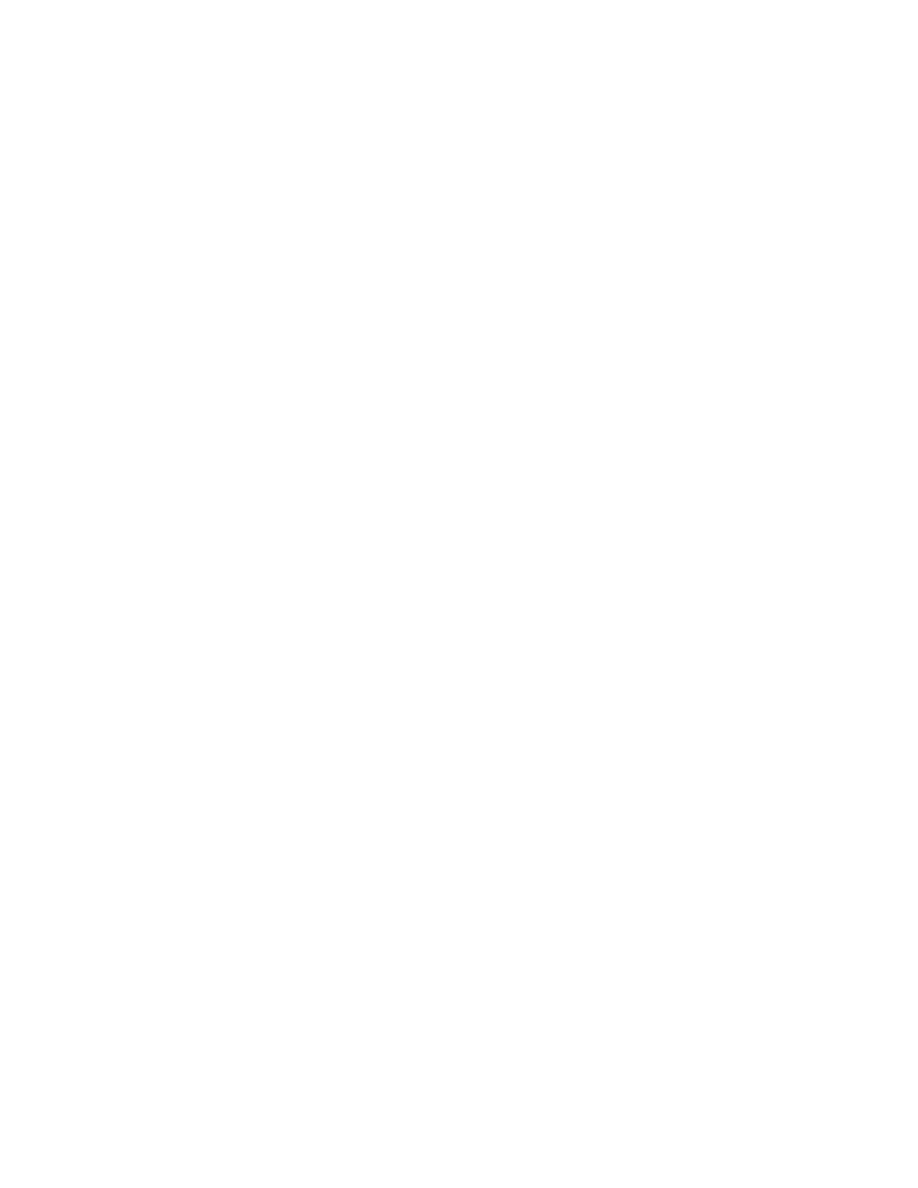
761
Federal Aviation Administration, DOT
§ 35.34
by the declared environmental condi-
tions, including temperature, electro-
magnetic interference (EMI), high in-
tensity radiated fields (HIRF) and
lightning. The environmental limits to
which the system has been satisfac-
torily validated must be documented in
the appropriate propeller manuals.
(3) A method is provided to indicate
that an operating mode change has oc-
curred if flight crew action is required.
In such an event, operating instruc-
tions must be provided in the appro-
priate manuals.
(b) The propeller control system
must be designed and constructed so
that, in addition to compliance with
§ 35.15:
(1) No single failure or malfunction of
electrical or electronic components in
the control system results in a haz-
ardous propeller effect.
(2) Failures or malfunctions directly
affecting the propeller control system
in a typical airplane, such as struc-
tural failures of attachments to the
control, fire, or overheat, do not lead
to a hazardous propeller effect.
(3) The loss of normal propeller pitch
control does not cause a hazardous pro-
peller effect under the intended oper-
ating conditions.
(4) The failure or corruption of data
or signals shared across propellers does
not cause a hazardous propeller effect.
(c) Electronic propeller control sys-
tem imbedded software must be de-
signed and implemented by a method
approved by the Administrator that is
consistent with the criticality of the
performed functions and that mini-
mizes the existence of software errors.
(d) The propeller control system
must be designed and constructed so
that the failure or corruption of air-
plane-supplied data does not result in
hazardous propeller effects.
(e) The propeller control system
must be designed and constructed so
that the loss, interruption or abnormal
characteristic of airplane-supplied
electrical power does not result in haz-
ardous propeller effects. The power
quality requirements must be described
in the appropriate manuals.
[Amdt. 35–8, 73 FR 63347, Oct. 24, 2008]
§ 35.24
Strength.
The maximum stresses developed in
the propeller may not exceed values ac-
ceptable to the Administrator consid-
ering the particular form of construc-
tion and the most severe operating
conditions.
[Amdt. 35–8, 73 FR 63348, Oct. 24, 2008]
Subpart C—Tests and Inspections
§ 35.31
[Reserved]
§ 35.33
General.
(a) Each applicant must furnish test
article(s) and suitable testing facili-
ties, including equipment and com-
petent personnel, and conduct the re-
quired tests in accordance with part 21
of this chapter.
(b) All automatic controls and safety
systems must be in operation unless it
is accepted by the Administrator as
impossible or not required because of
the nature of the test. If needed for
substantiation, the applicant may test
a different propeller configuration if
this does not constitute a less severe
test.
(c) Any systems or components that
cannot be adequately substantiated by
the applicant to the requirements of
this part are required to undergo addi-
tional tests or analysis to demonstrate
that the systems or components are
able to perform their intended func-
tions in all declared environmental and
operating conditions.
[Amdt. 35–8, 73 FR 63348, Oct. 24, 2008]
§ 35.34
Inspections, adjustments and
repairs.
(a) Before and after conducting the
tests prescribed in this part, the test
article must be subjected to an inspec-
tion, and a record must be made of all
the relevant parameters, calibrations
and settings.
(b) During all tests, only servicing
and minor repairs are permitted. If
major repairs or part replacement is
required, the Administrator must ap-
prove the repair or part replacement
VerDate Sep<11>2014
09:06 Jun 28, 2024
Jkt 262046
PO 00000
Frm 00771
Fmt 8010
Sfmt 8010
Y:\SGML\262046.XXX
262046
jspears on DSK121TN23PROD with CFR
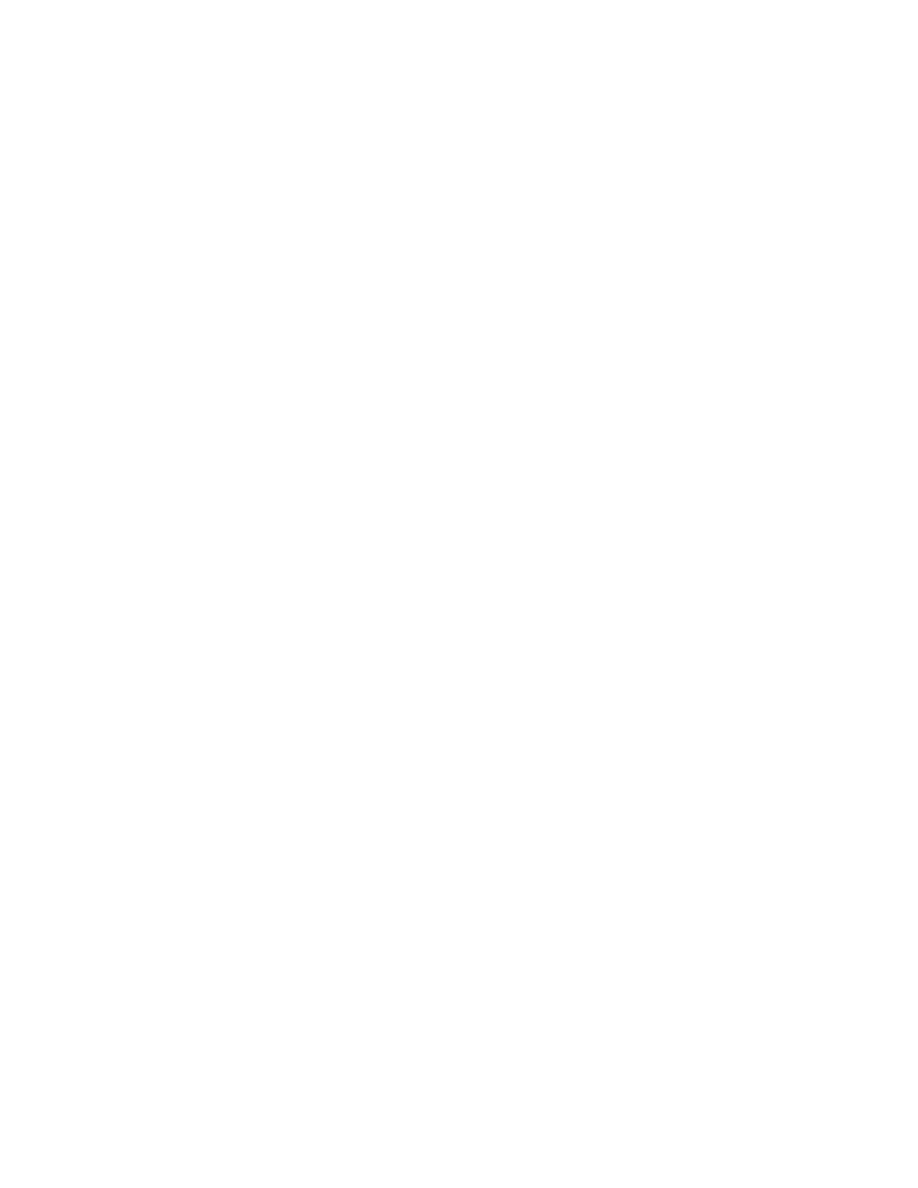
762
14 CFR Ch. I (1–1–24 Edition)
§ 35.35
prior to implementation and may re-
quire additional testing. Any unsched-
uled repair or action on the test article
must be recorded and reported.
[Amdt. 35–8, 73 FR 63348, Oct. 24, 2008]
§ 35.35
Centrifugal load tests.
The applicant must demonstrate that
a propeller complies with paragraphs
(a), (b) and (c) of this section without
evidence of failure, malfunction, or
permanent deformation that would re-
sult in a major or hazardous propeller
effect. When the propeller could be sen-
sitive to environmental degradation in
service, this must be considered. This
section does not apply to fixed-pitch
wood or fixed-pitch metal propellers of
conventional design.
(a) The hub, blade retention system,
and counterweights must be tested for
a period of one hour to a load equiva-
lent to twice the maximum centrifugal
load to which the propeller would be
subjected during operation at the max-
imum rated rotational speed.
(b) Blade features associated with
transitions to the retention system (for
example, a composite blade bonded to a
metallic retention) must be tested ei-
ther during the test of paragraph (a) of
this section or in a separate component
test for a period of one hour to a load
equivalent to twice the maximum cen-
trifugal load to which the propeller
would be subjected during operation at
the maximum rated rotational speed.
(c) Components used with or attached
to the propeller (for example, spinners,
de-icing equipment, and blade erosion
shields) must be subjected to a load
equivalent to 159 percent of the max-
imum centrifugal load to which the
component would be subjected during
operation at the maximum rated rota-
tional speed. This must be performed
by either:
(1) Testing at the required load for a
period of 30 minutes; or
(2) Analysis based on test.
[Amdt. 35–8, 73 FR 63348, Oct. 24, 2008]
§ 35.36
Bird impact.
The applicant must demonstrate, by
tests or analysis based on tests or expe-
rience on similar designs, that the pro-
peller can withstand the impact of a 4-
pound bird at the critical location(s)
and critical flight condition(s) of a typ-
ical installation without causing a
major or hazardous propeller effect.
This section does not apply to fixed-
pitch wood propellers of conventional
design.
[Amdt. 35–8, 73 FR 63348, Oct. 24, 2008]
§ 35.37
Fatigue limits and evaluation.
This section does not apply to fixed-
pitch wood propellers of conventional
design.
(a) Fatigue limits must be estab-
lished by tests, or analysis based on
tests, for propeller:
(1) Hubs.
(2) Blades.
(3) Blade retention components.
(4) Components which are affected by
fatigue loads and which are shown
under § 35.15 to have a fatigue failure
mode leading to hazardous propeller ef-
fects.
(b) The fatigue limits must take into
account:
(1) All known and reasonably foresee-
able vibration and cyclic load patterns
that are expected in service; and
(2) Expected service deterioration,
variations in material properties, man-
ufacturing variations, and environ-
mental effects.
(c) A fatigue evaluation of the pro-
peller must be conducted to show that
hazardous propeller effects due to fa-
tigue will be avoided throughout the
intended operational life of the pro-
peller on either:
(1) The intended airplane by com-
plying with § 23.2400(c) or § 25.907 of this
chapter, as applicable; or
(2) A typical airplane.
[Amdt. 35–8, 73 FR 63348, Oct. 24, 2008, as
amended by Doc. FAA–2015–1621, Amdt. 35–10,
81 FR 96700, Dec. 30, 2016]
§ 35.38
Lightning strike.
The applicant must demonstrate, by
tests, analysis based on tests, or expe-
rience on similar designs, that the pro-
peller can withstand a lightning strike
without causing a major or hazardous
propeller effect. The limit to which the
propeller has been qualified must be
documented in the appropriate manu-
als. This section does not apply to
VerDate Sep<11>2014
09:06 Jun 28, 2024
Jkt 262046
PO 00000
Frm 00772
Fmt 8010
Sfmt 8010
Y:\SGML\262046.XXX
262046
jspears on DSK121TN23PROD with CFR
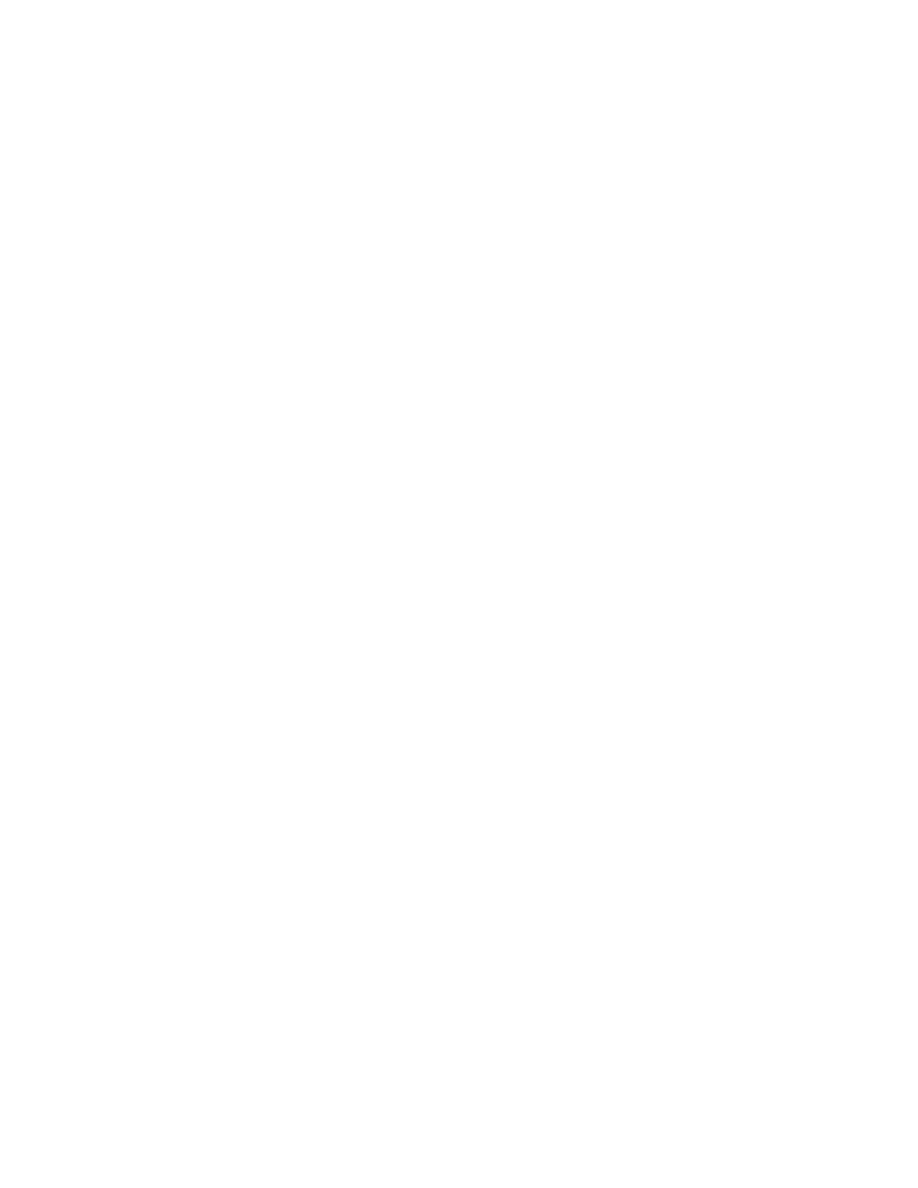
763
Federal Aviation Administration, DOT
§ 35.41
fixed-pitch wood propellers of conven-
tional design.
[Amdt. 35–8, 73 FR 63348, Oct. 24, 2008]
§ 35.39
Endurance test.
Endurance tests on the propeller sys-
tem must be made on a representative
engine in accordance with paragraph
(a) or (b) of this section, as applicable,
without evidence of failure or malfunc-
tion.
(a) Fixed-pitch and ground adjust-
able-pitch propellers must be subjected
to one of the following tests:
(1) A 50-hour flight test in level flight
or in climb. The propeller must be op-
erated at takeoff power and rated rota-
tional speed during at least five hours
of this flight test, and at not less than
90 percent of the rated rotational speed
for the remainder of the 50 hours.
(2) A 50-hour ground test at takeoff
power and rated rotational speed.
(b) Variable-pitch propellers must be
subjected to one of the following tests:
(1) A 110-hour endurance test that
must include the following conditions:
(i) Five hours at takeoff power and
rotational speed and thirty 10-minute
cycles composed of:
(A) Acceleration from idle,
(B) Five minutes at takeoff power
and rotational speed,
(C) Deceleration, and
(D) Five minutes at idle.
(ii) Fifty hours at maximum contin-
uous power and rotational speed,
(iii) Fifty hours, consisting of ten 5-
hour cycles composed of:
(A) Five accelerations and decelera-
tions between idle and takeoff power
and rotational speed,
(B) Four and one half hours at ap-
proximately even incremental condi-
tions from idle up to, but not includ-
ing, maximum continuous power and
rotational speed, and
(C) Thirty minutes at idle.
(2) The operation of the propeller
throughout the engine endurance tests
prescribed in part 33 of this chapter.
(c) An analysis based on tests of pro-
pellers of similar design may be used in
place of the tests of paragraphs (a) and
(b) of this section.
[Amdt. 35–8, 73 FR 63348, Oct. 24, 2008]
§ 35.40
Functional test.
The variable-pitch propeller system
must be subjected to the applicable
functional tests of this section. The
same propeller system used in the en-
durance test (§ 35.39) must be used in
the functional tests and must be driven
by a representative engine on a test
stand or on an airplane. The propeller
must complete these tests without evi-
dence of failure or malfunction. This
test may be combined with the endur-
ance test for accumulation of cycles.
(a) Manually-controllable propellers.
Five hundred representative flight cy-
cles must be made across the range of
pitch and rotational speed.
(b) Governing propellers. Fifteen
hundred complete cycles must be made
across the range of pitch and rota-
tional speed.
(c) Feathering propellers. Fifty cy-
cles of feather and unfeather operation
must be made.
(d) Reversible-pitch propellers. Two
hundred complete cycles of control
must be made from lowest normal
pitch to maximum reverse pitch. Dur-
ing each cycle, the propeller must run
for 30 seconds at the maximum power
and rotational speed selected by the
applicant for maximum reverse pitch.
(e) An analysis based on tests of pro-
pellers of similar design may be used in
place of the tests of this section.
[Amdt. 35–8, 73 FR 63349, Oct. 24, 2008]
§ 35.41
Overspeed and overtorque.
(a) When the applicant seeks ap-
proval of a transient maximum pro-
peller overspeed, the applicant must
demonstrate that the propeller is capa-
ble of further operation without main-
tenance action at the maximum pro-
peller overspeed condition. This may
be accomplished by:
(1) Performance of 20 runs, each of 30
seconds duration, at the maximum pro-
peller overspeed condition; or
(2) Analysis based on test or service
experience.
(b) When the applicant seeks ap-
proval of a transient maximum pro-
peller overtorque, the applicant must
VerDate Sep<11>2014
09:06 Jun 28, 2024
Jkt 262046
PO 00000
Frm 00773
Fmt 8010
Sfmt 8010
Y:\SGML\262046.XXX
262046
jspears on DSK121TN23PROD with CFR

764
14 CFR Ch. I (1–1–24 Edition)
§ 35.42
demonstrate that the propeller is capa-
ble of further operation without main-
tenance action at the maximum pro-
peller overtorque condition. This may
be accomplished by:
(1) Performance of 20 runs, each of 30
seconds duration, at the maximum pro-
peller overtorque condition; or
(2) Analysis based on test or service
experience.
[Amdt. 35–8, 73 FR 63349, Oct. 24, 2008]
§ 35.42
Components of the propeller
control system.
The applicant must demonstrate by
tests, analysis based on tests, or serv-
ice experience on similar components,
that each propeller blade pitch control
system component, including gov-
ernors, pitch change assemblies, pitch
locks, mechanical stops, and feathering
system components, can withstand cy-
clic operation that simulates the nor-
mal load and pitch change travel to
which the component would be sub-
jected during the initially declared
overhaul period or during a minimum
of 1,000 hours of typical operation in
service.
[Amdt. 35–8, 73 FR 63349, Oct. 24, 2008]
§ 35.43
Propeller hydraulic compo-
nents.
Applicants must show by test, vali-
dated analysis, or both, that propeller
components that contain hydraulic
pressure and whose structural failure
or leakage from a structural failure
could cause a hazardous propeller ef-
fect demonstrate structural integrity
by:
(a) A proof pressure test to 1.5 times
the maximum operating pressure for
one minute without permanent defor-
mation or leakage that would prevent
performance of the intended function.
(b) A burst pressure test to 2.0 times
the maximum operating pressure for
one minute without failure. Leakage is
permitted and seals may be excluded
from the test.
[Amdt. 35–8, 73 FR 63349, Oct. 24, 2008]
§§ 35.45–35.47
[Reserved]
A
PPENDIX
A
TO
P
ART
35—I
NSTRUCTIONS
FOR
C
ONTINUED
A
IRWORTHINESS
A
35.1
GENERAL
(a) This appendix specifies requirements
for the preparation of Instructions for Con-
tinued Airworthiness as required by § 35.4.
(b) The Instructions for Continued Air-
worthiness for each propeller must include
the Instructions for Continued Airworthiness
for all propeller parts. If Instructions for
Continued Airworthiness are not supplied by
the propeller part manufacturer for a pro-
peller part, the Instructions for Continued
Airworthiness for the propeller must include
the information essential to the continued
airworthiness of the propeller.
(c) The applicant must submit to the FAA
a program to show how changes to the In-
structions for Continued Airworthiness made
by the applicant or by the manufacturers of
propeller parts will be distributed.
A
35.2
FORMAT
(a) The Instructions for Continued Air-
worthiness must be in the form of a manual
or manuals as appropriate for the quantity
of data to be provided.
(b) The format of the manual or manuals
must provide for a practical arrangement.
A
35.3
CONTENT
The contents of the manual must be pre-
pared in the English language. The Instruc-
tions for Continued Airworthiness must con-
tain the following sections and information:
(a)
Propeller Maintenance Section. (1) Intro-
duction information that includes an expla-
nation of the propeller’s features and data to
the extent necessary for maintenance or pre-
ventive maintenance.
(2) A detailed description of the propeller
and its systems and installations.
(3) Basic control and operation information
describing how the propeller components and
systems are controlled and how they oper-
ate, including any special procedures that
apply.
(4) Instructions for uncrating, acceptance
checking, lifting, and installing the pro-
peller.
(5) Instructions for propeller operational
checks.
(6) Scheduling information for each part of
the propeller that provides the recommended
periods at which it should be cleaned, ad-
justed, and tested, the applicable wear toler-
ances, and the degree of work recommended
at these periods. However, the applicant may
refer to an accessory, instrument, or equip-
ment manufacturer as the source of this in-
formation if it shows that the item has an
exceptionally high degree of complexity re-
quiring specialized maintenance techniques,
test equipment, or expertise. The rec-
ommended overhaul periods and necessary
VerDate Sep<11>2014
09:06 Jun 28, 2024
Jkt 262046
PO 00000
Frm 00774
Fmt 8010
Sfmt 8002
Y:\SGML\262046.XXX
262046
jspears on DSK121TN23PROD with CFR
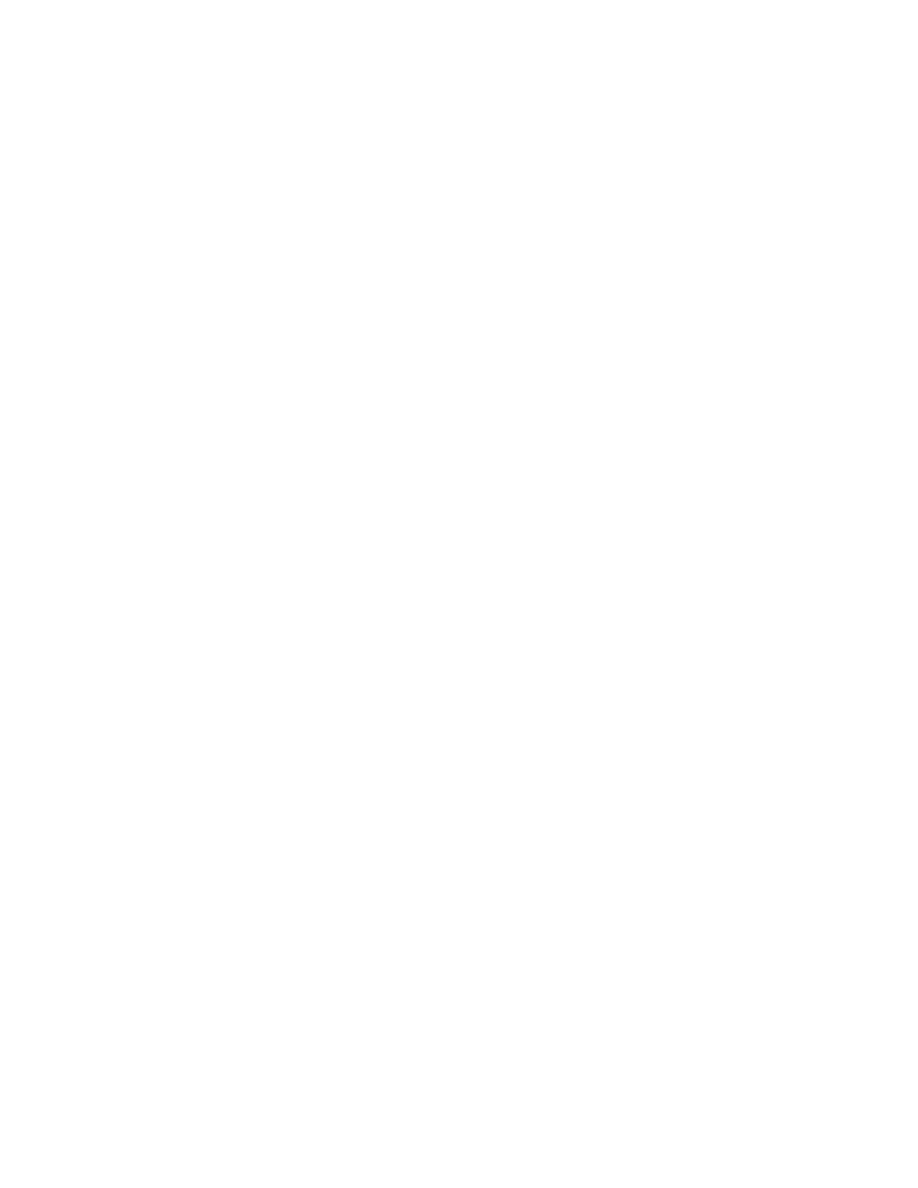
765
Federal Aviation Administration, DOT
Pt. 36
cross-references to the Airworthiness Limi-
tations section of the manual must also be
included. In addition, the applicant must in-
clude an inspection program that includes
the frequency and extent of the inspections
necessary to provide for the continued air-
worthiness of the propeller.
(7) Troubleshooting information describing
probable malfunctions, how to recognize
those malfunctions, and the remedial action
for those malfunctions.
(8) Information describing the order and
method of removing and replacing propeller
parts with any necessary precautions to be
taken.
(9) A list of the special tools needed for
maintenance other than for overhauls.
(b)
Propeller Overhaul Section. (1) Dis-
assembly information including the order
and method of disassembly for overhaul.
(2) Cleaning and inspection instructions
that cover the materials and apparatus to be
used and methods and precautions to be
taken during overhaul. Methods of overhaul
inspection must also be included.
(3) Details of all fits and clearances rel-
evant to overhaul.
(4) Details of repair methods for worn or
otherwise substandard parts and components
along with information necessary to deter-
mine when replacement is necessary.
(5) The order and method of assembly at
overhaul.
(6) Instructions for testing after overhaul.
(7) Instructions for storage preparation in-
cluding any storage limits.
(8) A list of tools needed for overhaul.
A
35.4
AIRWORTHINESS LIMITATIONS SECTION
The Instructions for Continued Airworthi-
ness must contain a section titled Airworthi-
ness Limitations that is segregated and
clearly distinguishable from the rest of the
document. This section must set forth each
mandatory replacement time, inspection in-
terval, and related procedure required for
type certification. This section must contain
a legible statement in a prominent location
that reads: ‘‘The Airworthiness Limitations
section is FAA approved and specifies main-
tenance required under §§ 43.16 and 91.403 of
the Federal Aviation Regulations unless an
alternative program has been FAA ap-
proved.’’
[Amdt. 35–5, 45 FR 60182, Sept. 11, 1980, as
amended by Amdt. 35–6, 54 FR 34330, Aug. 18,
1989]
PART 36—NOISE STANDARDS: AIR-
CRAFT TYPE AND AIRWORTHI-
NESS CERTIFICATION
Subpart A—General
Sec.
36.1
Applicability and definitions.
36.2
Requirements as of date of application.
36.3
Compatibility with airworthiness re-
quirements.
36.5
Limitation of part.
36.6
Incorporations by reference.
36.7
Acoustical change: Transport category
large airplanes and jet airplanes.
36.9
Acoustical change: Propeller-driven
small airplanes and propeller-driven
commuter category airplanes.
36.11
Acoustical change: Helicopters.
36.13
Acoustical change: Tiltrotor aircraft.
Subpart B—Transport Category Large
Airplanes and Jet Airplanes
36.101
Noise measurement and evaluation.
36.103
Noise limits.
36.105
Flight Manual Statement of Chapter
4 equivalency.
36.106
Flight Manual statement of Chapter
14 noise level equivalency.
Subpart C
[
Reserved
]
Subpart D—Noise Limits for Supersonic
Transport Category Airplanes
36.301
Noise limits: Concorde.
Subpart E
[
Reserved
]
Subpart F—Propeller Driven Small Airplanes
and Propeller-Driven, Commuter Cat-
egory Airplanes
36.501
Noise limits.
Subpart G
[
Reserved
]
Subpart H—Helicopters
36.801
Noise measurement.
36.803
Noise evaluation and calculation.
36.805
Noise limits.
Subparts I–J
[
Reserved
]
Subpart K—Tiltrotors
36.1101
Noise measurement and evaluation.
36.1103
Noise limits.
Subparts L–N
[
Reserved
]
VerDate Sep<11>2014
09:06 Jun 28, 2024
Jkt 262046
PO 00000
Frm 00775
Fmt 8010
Sfmt 8006
Y:\SGML\262046.XXX
262046
jspears on DSK121TN23PROD with CFR








